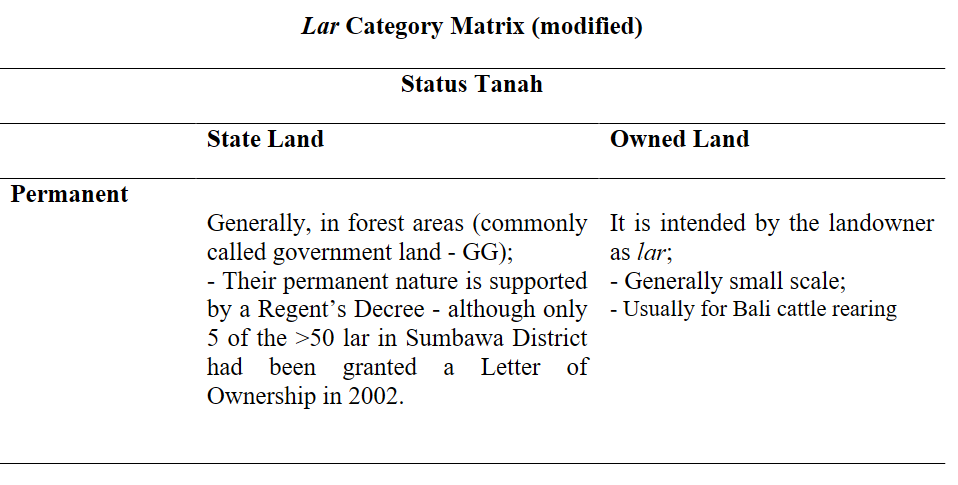Establishing Lar Land Rights on Critical Land Within Forest Areas as a Strategy For Sustainable Forest Management
DOI:
https://doi.org/10.23917/jtl.v6i1.5396Keywords:
lar, lahan kritis, hutan, berkelanjutan, critical land, forest, sustainabilityAbstract
Critical land within forest areas in Indonesia is expanding. This has an impact on natural disasters and climate change. This condition is a serious concern of the international world so that almost every international meeting on critical land issues and climate change is the main topic discussed by offering a variety of critical land management schemes but is considered ineffective. Behind the legal policy of handling critical land that is considered ineffective, there is long-standing traditional knowledge carried out by the people of Sumbawa, namely lar, which maintains a balance between ecology, social, economic and spiritual. The purpose of this research is to analyze the determination of Lar’s land rights on critical land in forest areas as a strategy for sustainable forest management. This research method is normative research with a conceptual approach, legislative approach and sociological approach. The results of this study, first, the concept of lar has three forms of land rights status, namely customary rights, rights, state-owned land and privately owned land so that state-owned land in the form of forest areas whose conditions are critical can be assigned lar land rights. Second, the concept of handling critical land in the area must be based on a balance between ecology, economy, social and spiritual. Third, the establishment of lar land rights in the forest area does not have to change the main function of the forest area. The conclusion of this research is that the establishment of lar land rights on critical land in forest areas can be carried out based on the balance between ecology, economy, social and spiritual without changing the function of the forest
Downloads










